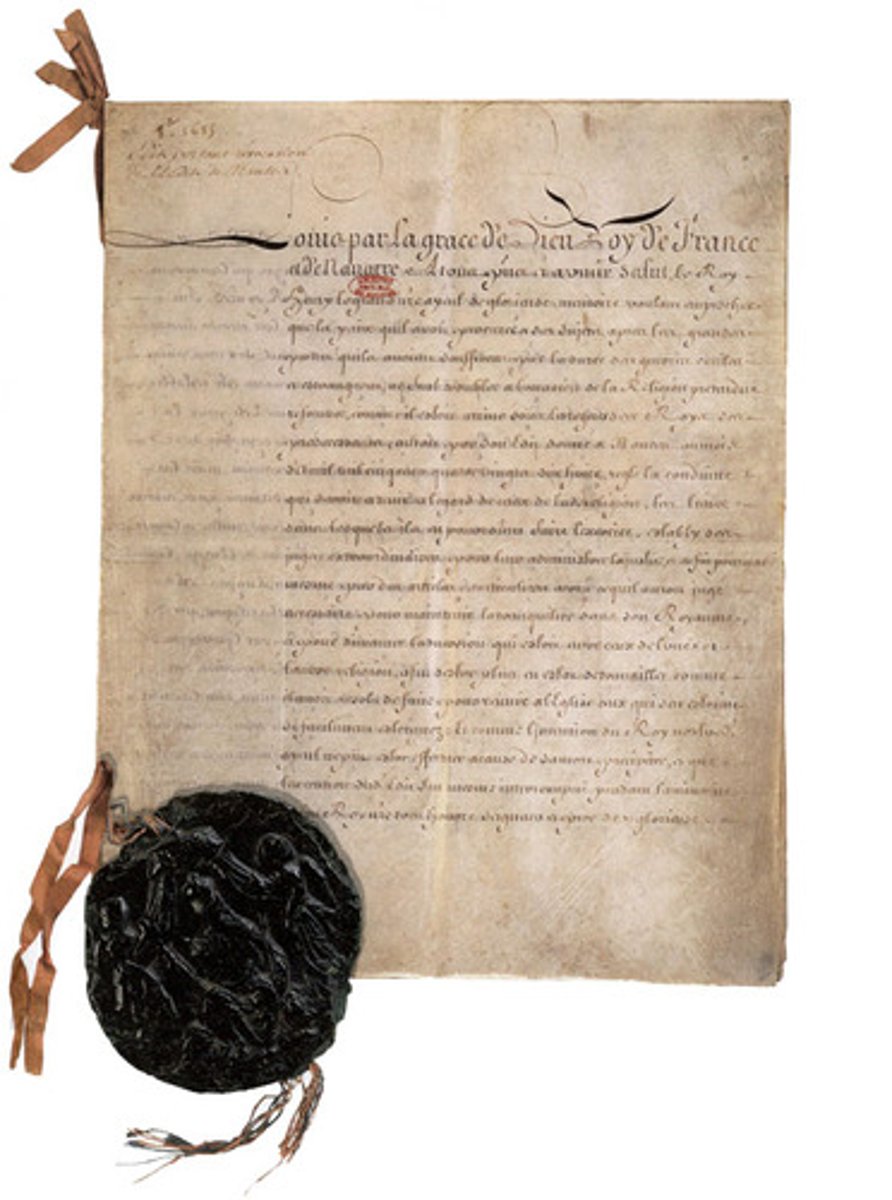Unit 2 - AP European History
1/46
Earn XP
Description and Tags
Name | Mastery | Learn | Test | Matching | Spaced |
|---|
No study sessions yet.
47 Terms
Prince Henry the Navigator
a. Prince
b. Portugal
c. He founded a navigation school where the Portuguese learned to build ships, create maps, and navigate while at sea. This school helped Portugal to lead the quest for colonization in the sixteenth century.
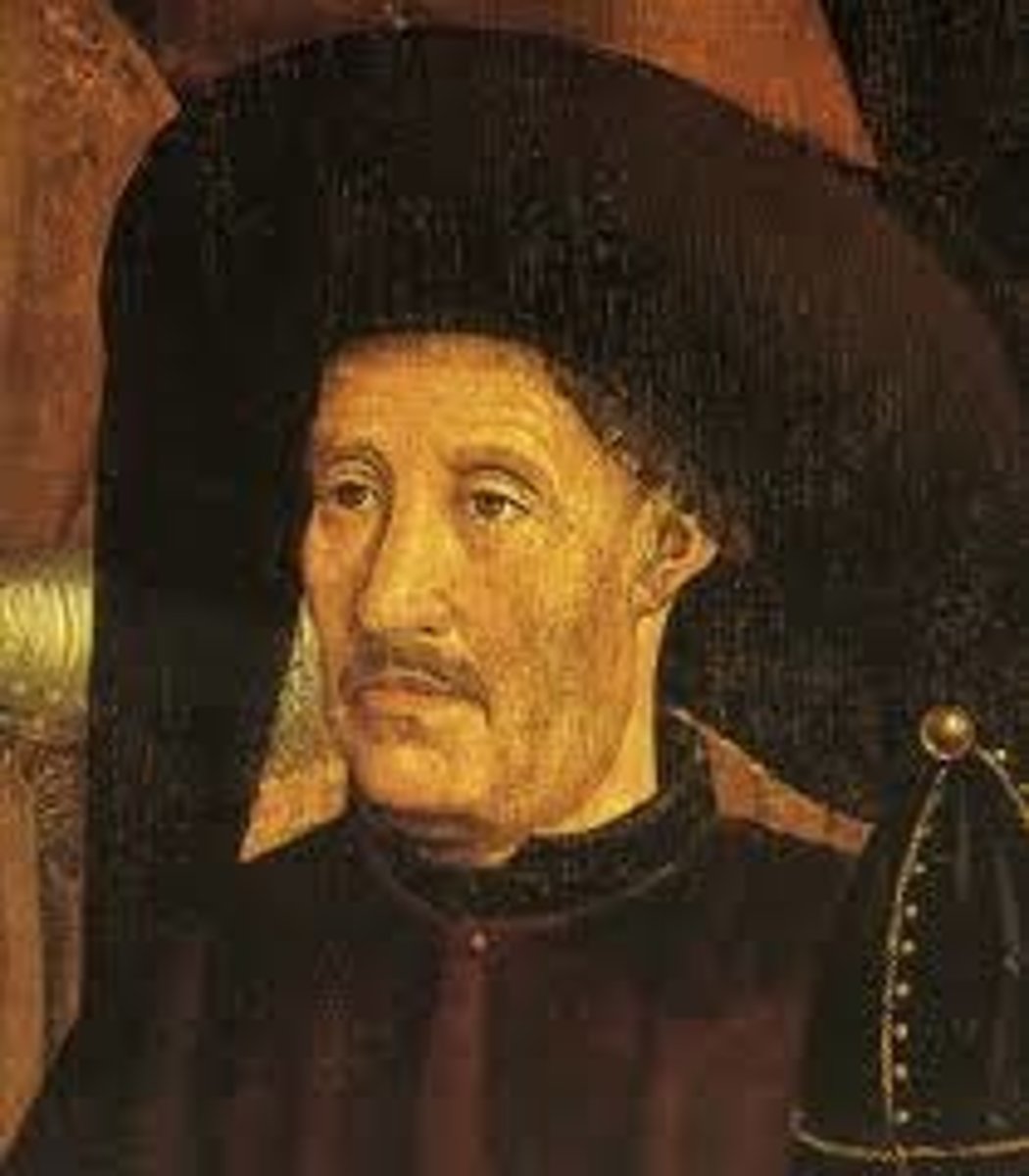
Bartholomew Dias
a. Mariner
b. Portugal
c. Bartholomew Dias was a mariner. He is famously known for rounding the tip of Africa but failing to make it to India.
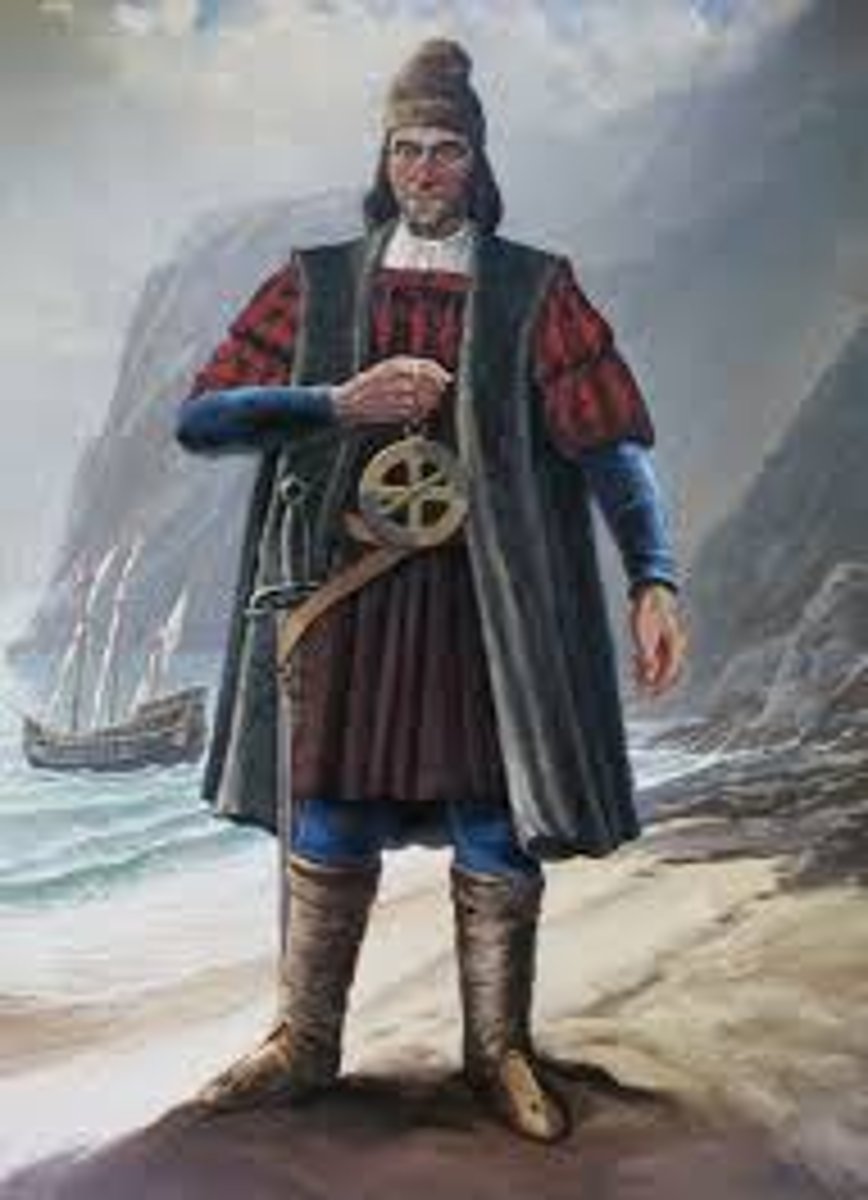
Vasco de Gama
a. Explorer
b. Portugal
c. Vasco da Gama was an explorer. Vasco da Gama is most famous for being the first person to reach India by sea.
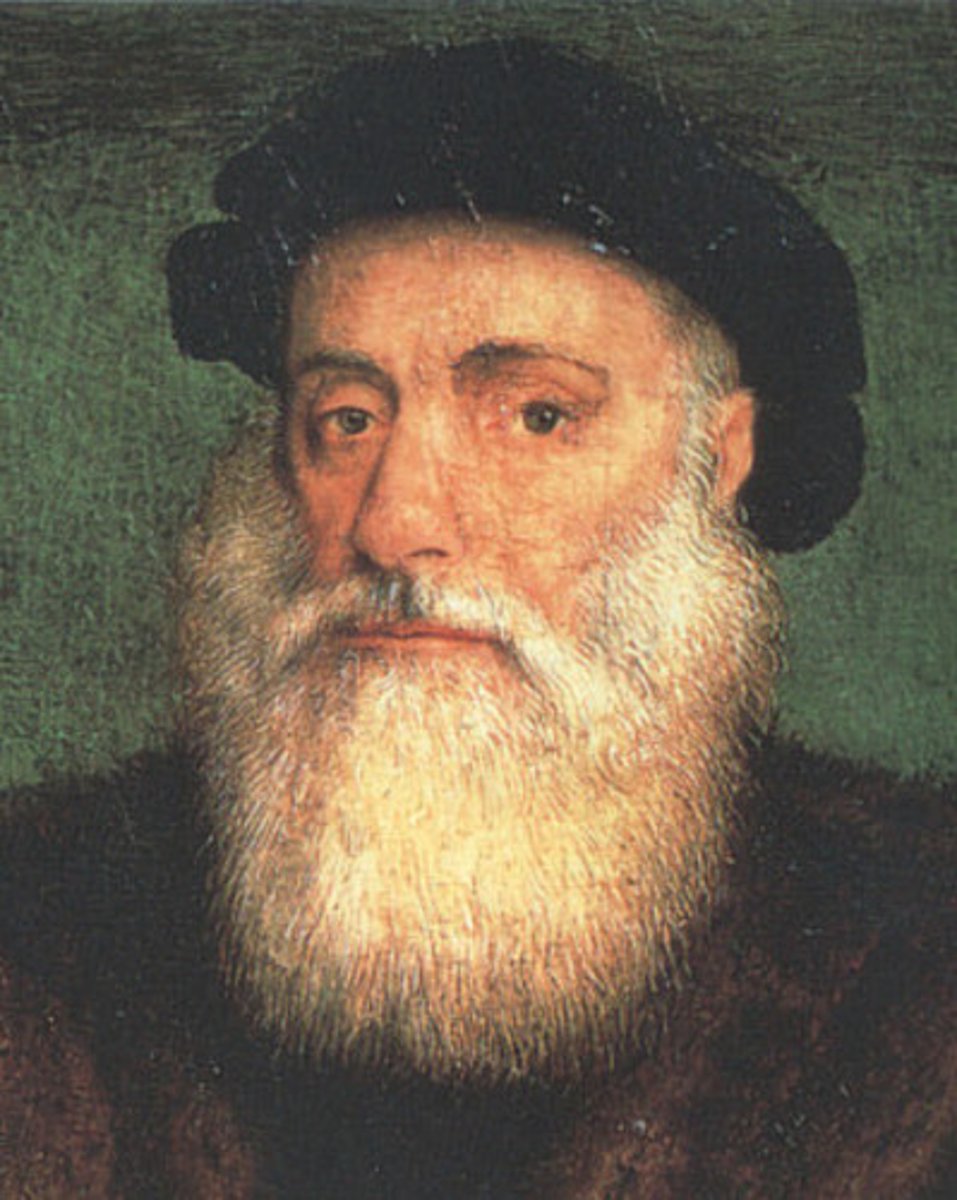
Christopher Columbus
a. Explorer
b. Italian
c. In 1492, Christopher Columbus "discovered" the New World of the Americas on a voyage that he thought was to the Spice Islands of Indonesia. This opened up a sailing route to the Americas and would help expand trade and, thus, the Columbian Exchange.
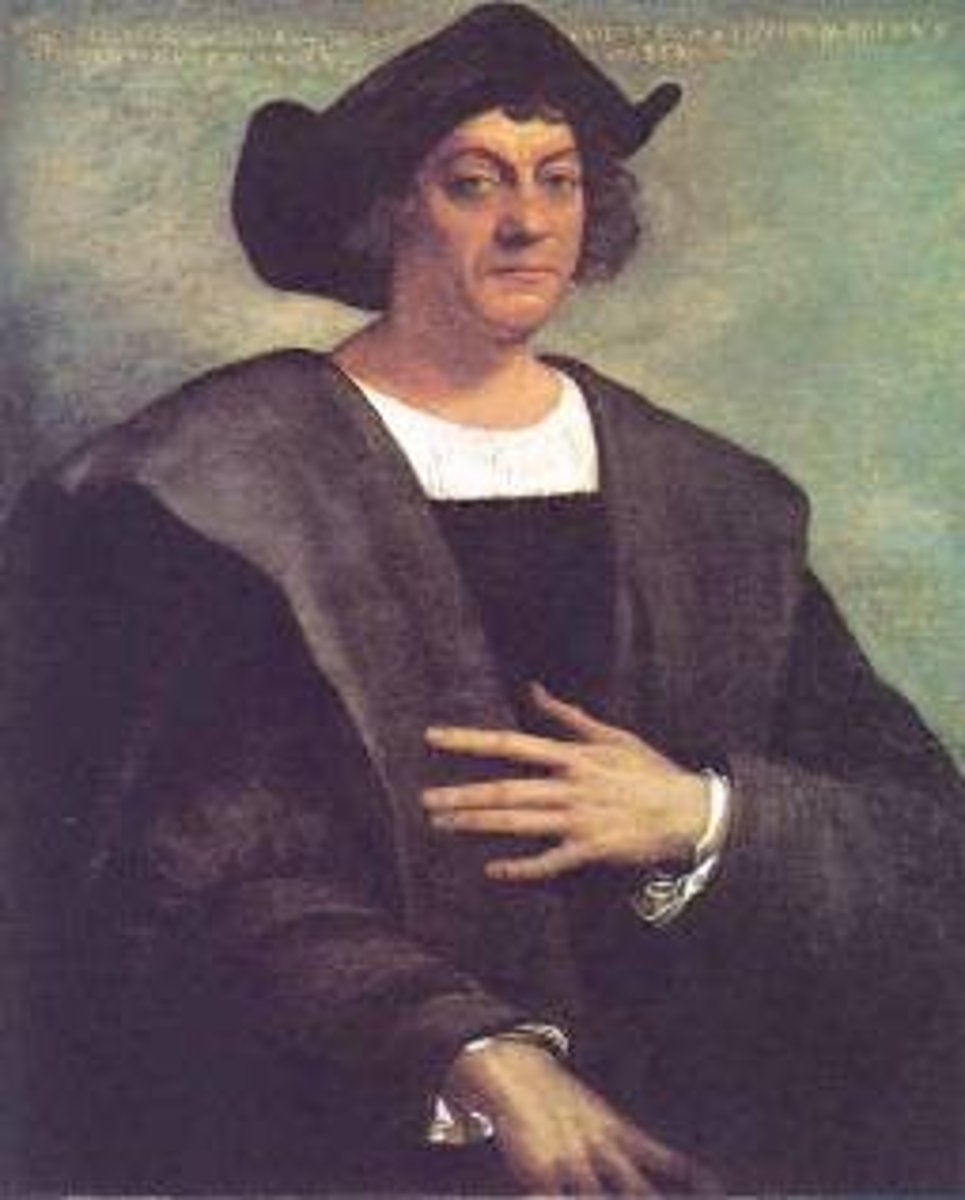
Ferdinand Magellan
a. Explorer
b. Portugal
c. The first navigator to attempt to circumnavigate the world. Magellan died in the Philippines, although his crew did sail around the world and proved that it was round.
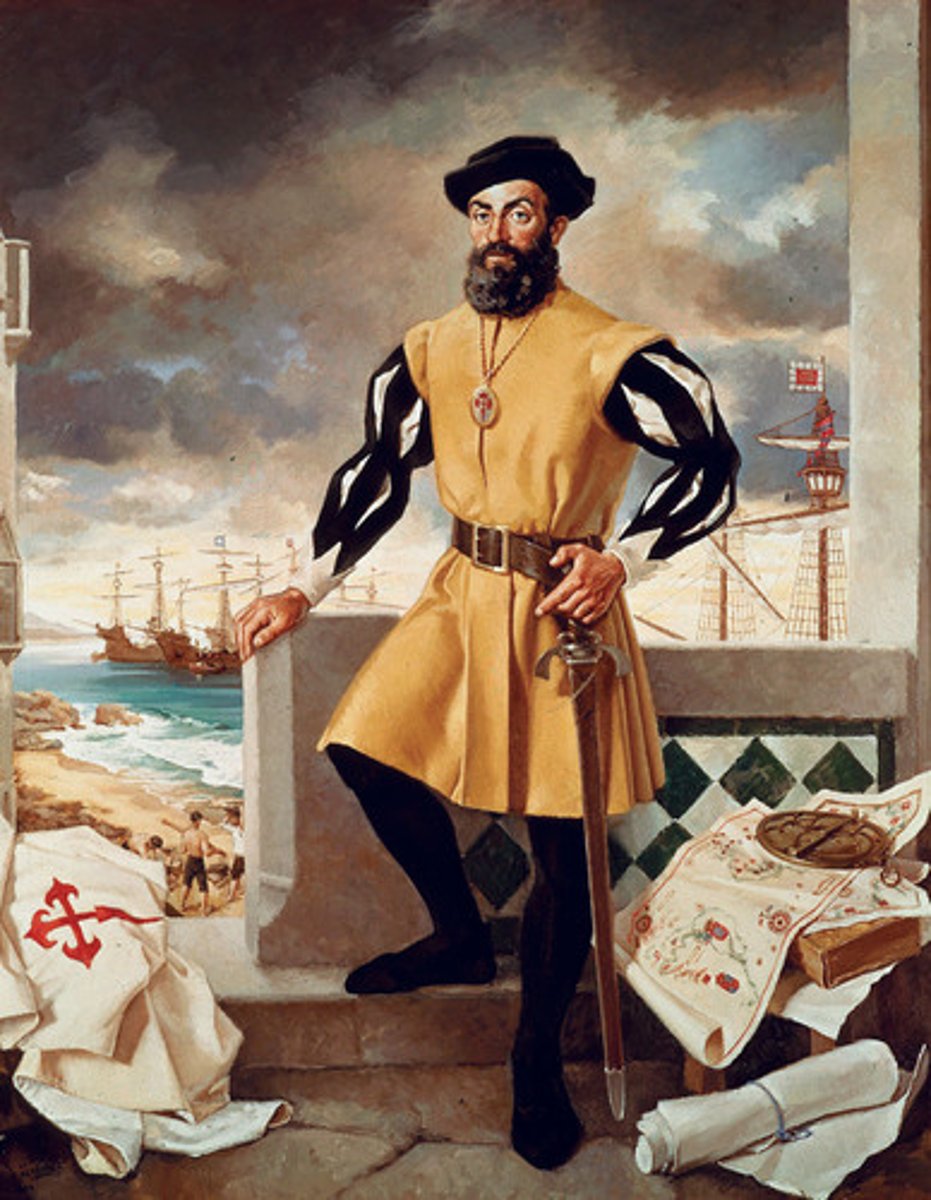
Hernan Cortes
a. conquistador
b. Spain
c. Hernan Cortes conquered the Aztec Empire of Mexico for Spain. His destruction of the Aztecs paved the way for Spanish colonization of North America.
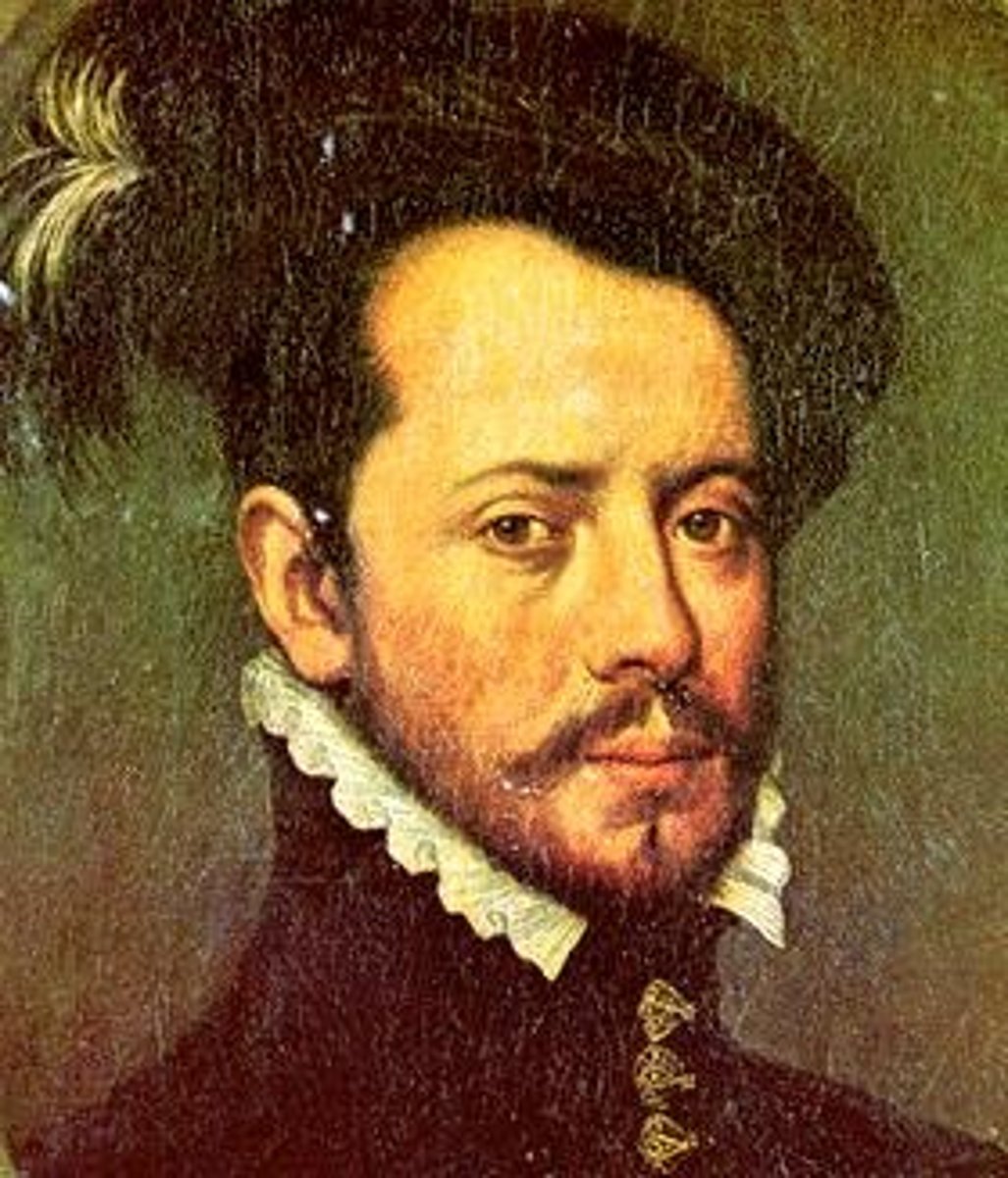
Aztec Empire
a. empire
b. North and South America
c. This is the empire brought down by Hernan Cortez. It was a major empire that stretched throughout much of modern-day Mexico.
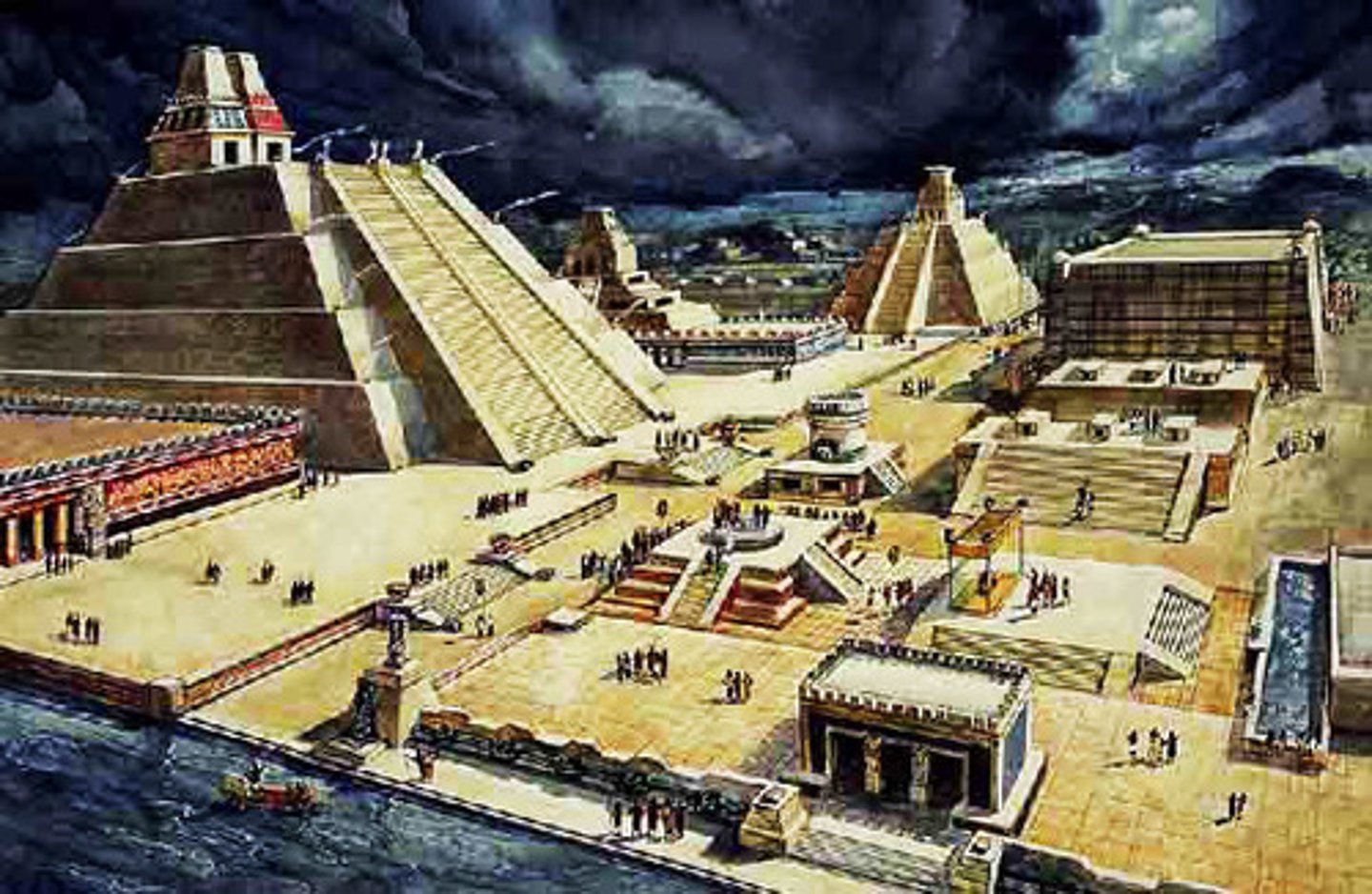
Francisco Pizarro
a. Conquistador
b. Spain
c. The Spanish conquistador most infamous for leading an expedition that toppled the Inca Empire. He was motivated by an incredible avarice for gold.
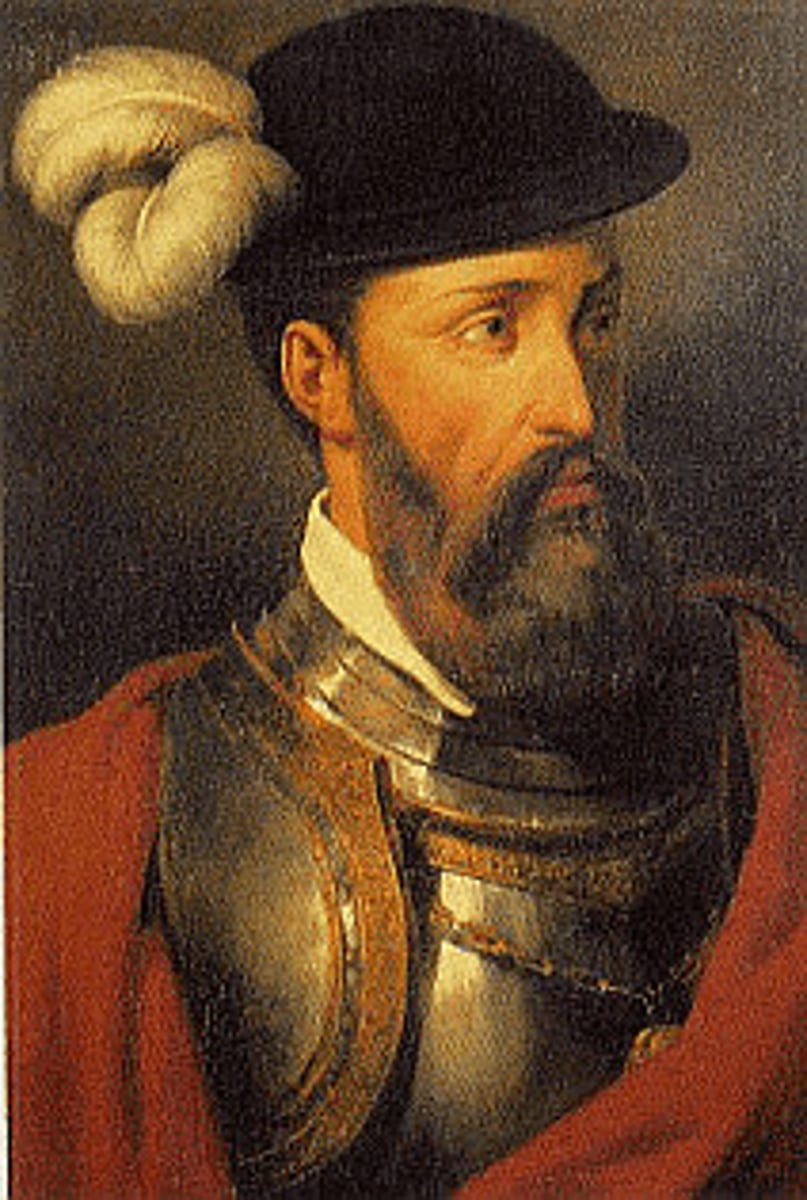
Inca Empire
a. Empire
b. South America
c. This empire was destroyed by Francisco Pizarro and his forces. The empire's excellent roads made it easy for Pizarro and his men to conquer their civilization. Almost all of the people of this Empire died from the diseases brought over by the Spaniards.
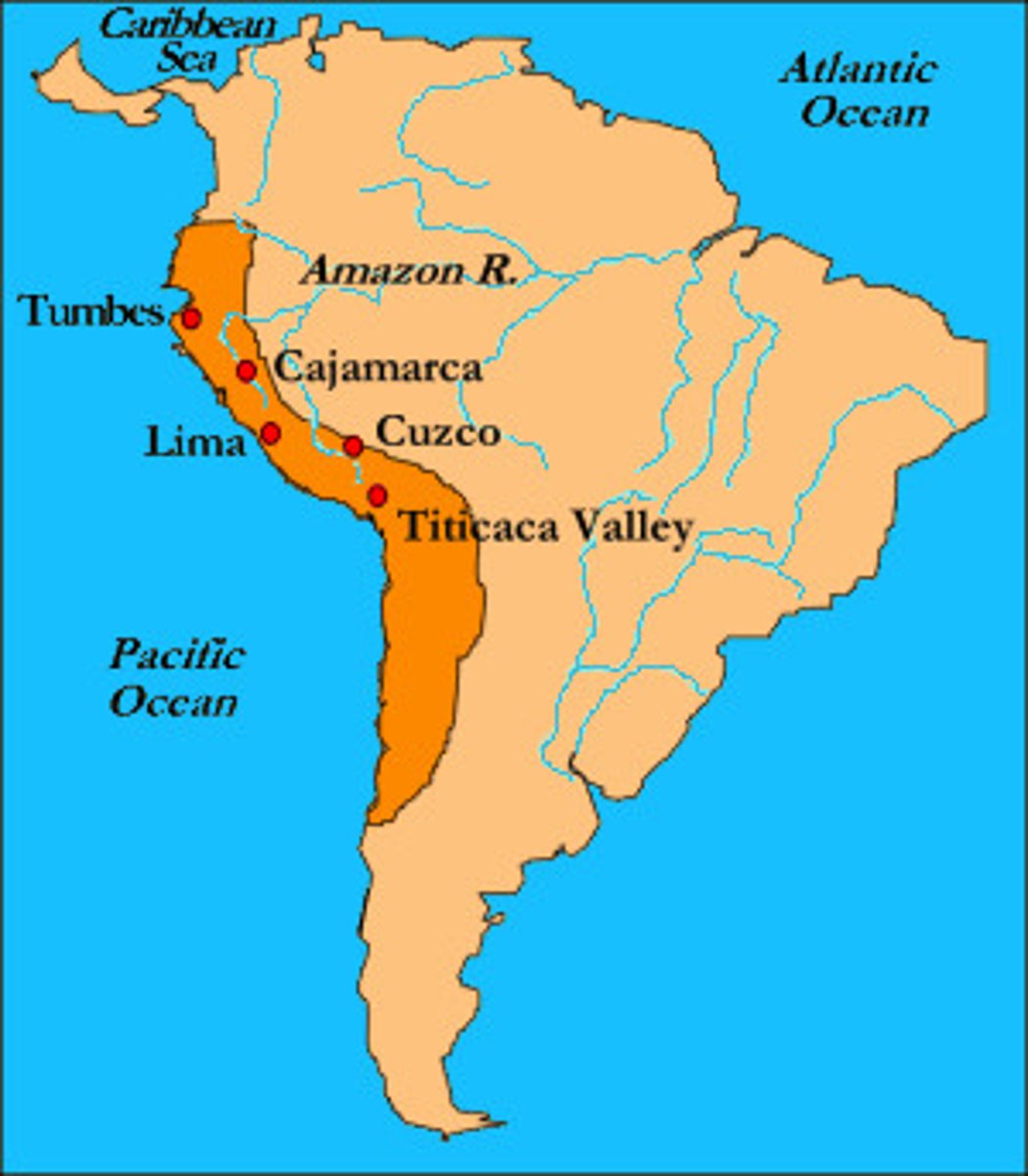
Columbian Exchange
a. A transfer of goods, materials, and diseases
b. New World
c. When Columbus' men arrived in the New World, he found material rich land and a large Native population, which became ravaged by European diseases such as smallpox. Europeans contracted Native disease as well which were brought back to Europe. This exchange of goods, materials, and disease was between the Old World and the New World.

Treaty of Lodi
a. Treaty
b. Milan and Naples, Italy
c. The Treaty of Lodi was a treaty between Milan and Naples. The treaty is important because it attempted to restore peace in the Italian peninsula between two Italian city-states that were sworn rivals.
Ludovico "ilo Moro" Sforza
a. Despot
b. Milan
c. He was the despot of Milan, known as the "Dark One" because of his complexion. He invited Charles VIII of France to stake the French claim to Naples, and Charles VIII ended up taking both Milan and Naples, and throwing this despot in jail.
Charles VIII of France
a. King
b. France
c. He was the King of France. He was invited by Ludovico "il Moro" Sforza to stake the French claim to Milan. This king ended up taking Milan and Naples, and throwing Sforza in jail.
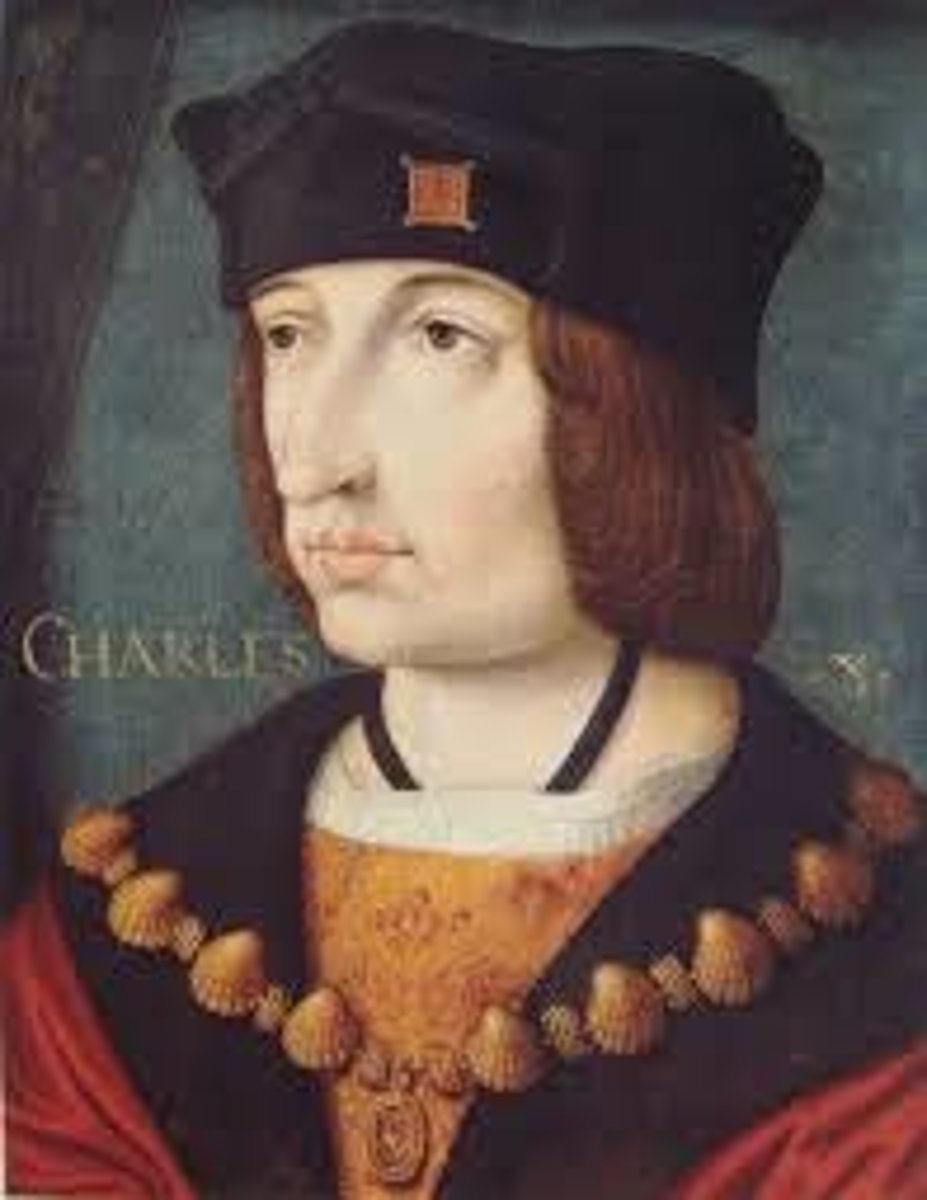
Savonarola
a. priest
b. Florence
c. Savonarola was a priest. He led a reaction against the humanist, secular values of the Renaissance, particularly through his "Bonfire of the Vanities." This priest and his followers took over Florence, but he was later arrested and executed by the Vatican for his refusal to align Florence and the Papal States.
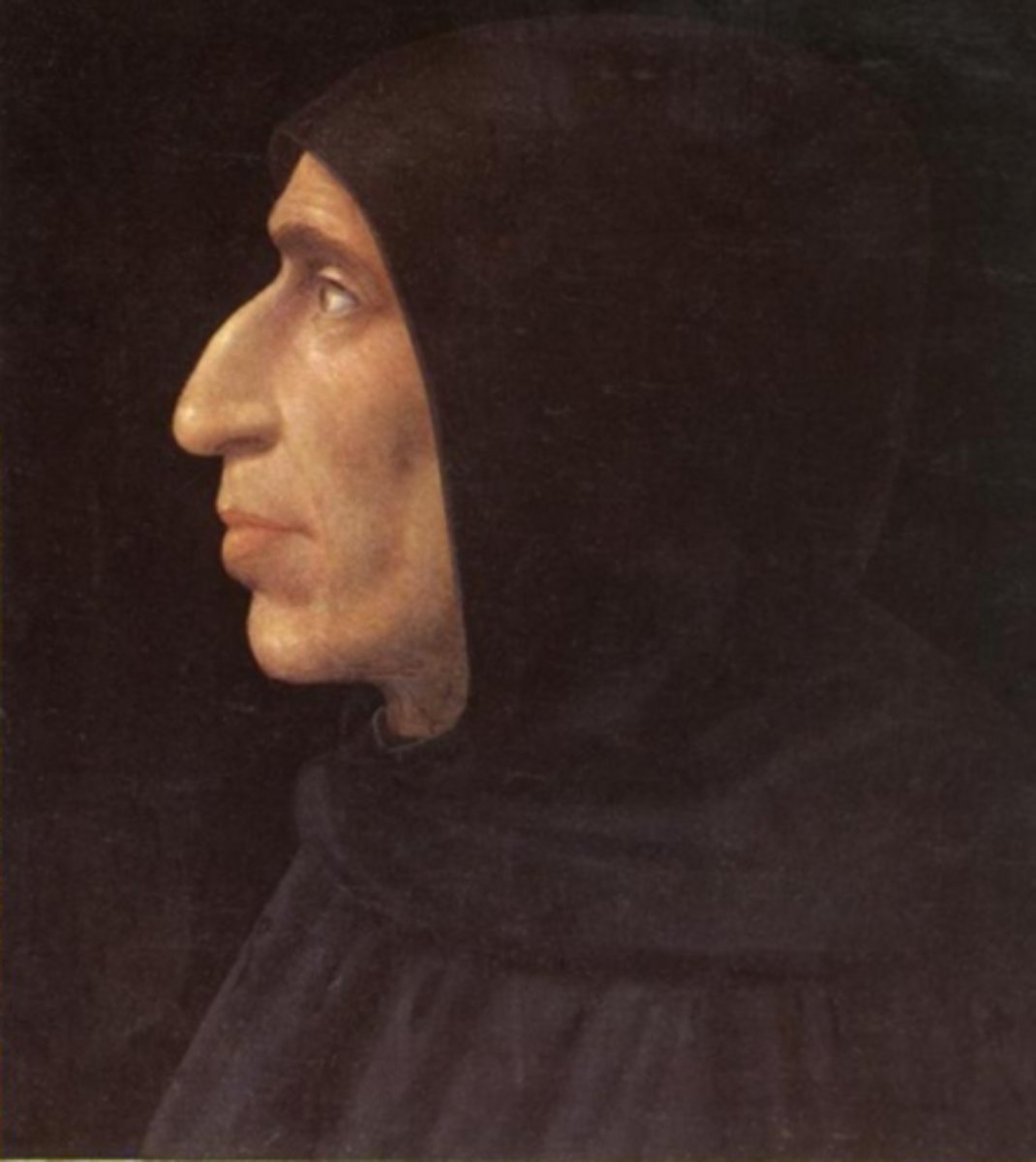
Niccolo Machiavelli
a. Philosopher and diplomat
b. Italy
c. The most prominent political thinker of the Renaissance. He wrote The Prince, a secular guide for monarchs on how to rule. He argued that the "end justifies the means" for monarchs.

The Tudors
a. Royal dynasty/ family
b. England
c. The royal house of England from the late fifteenth to the early seventeenth century. This dynasty helped England rise from a nation still stuck in the medieval ways, to a global powerhouse with land in the New World and influence throughout the world.
War of the Roses
a. Civil War
b. England
c. A war between the houses of Lancaster and York for the English throne. In the end, it brought about a major shift in England, with many noble houses being killed off and setting up for the Tudor Dynasty.
Henry VII of England
a. king
b. England
c. He established the Tudor Dynasty of England. He is considered a "New Monarch" since he was a monarch of the late fifteenth century that was able to centralize authority through a stronger military and increased tax collection.
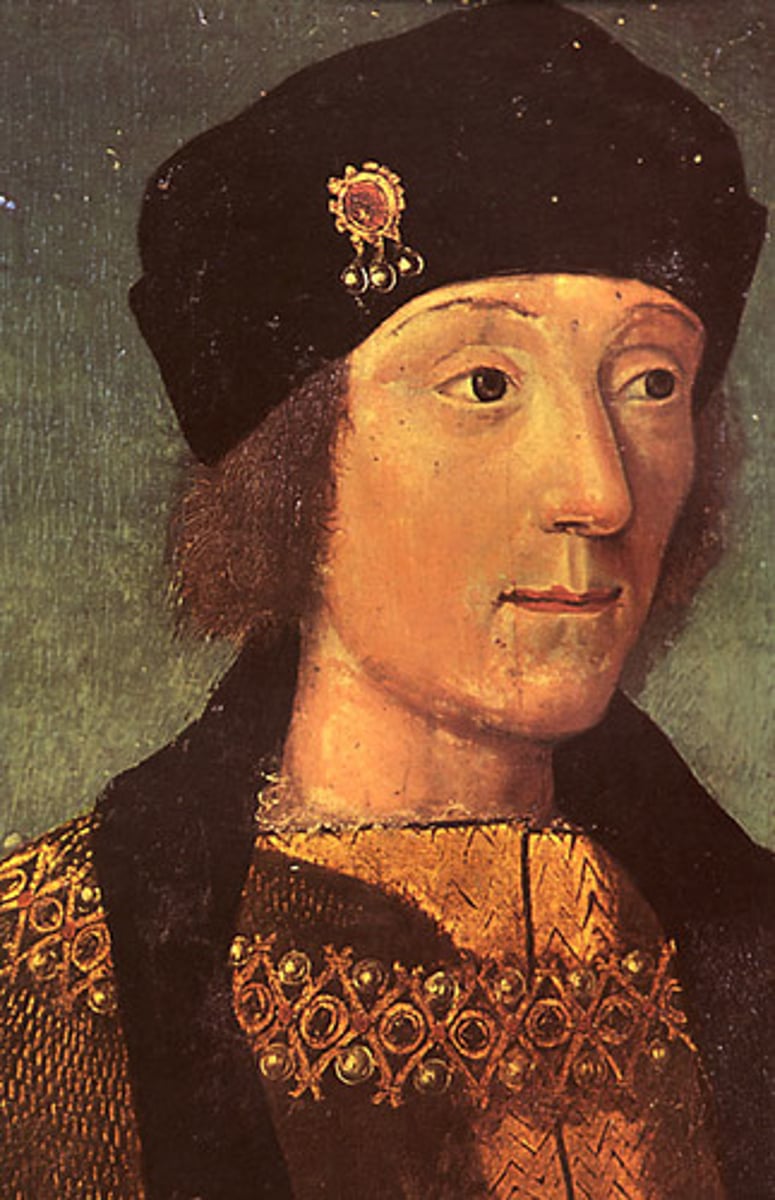
Henry VIII of England
a. king
b. England
c. He famously had six wives. He wanted to divorce Catherine of Aragon and wanted to marry Anne Boelyn. However, he did not get approval from the Pope. Thus, he separated England from the Church and founded the Church of England, or the Anglican Church, the official Church of England today.
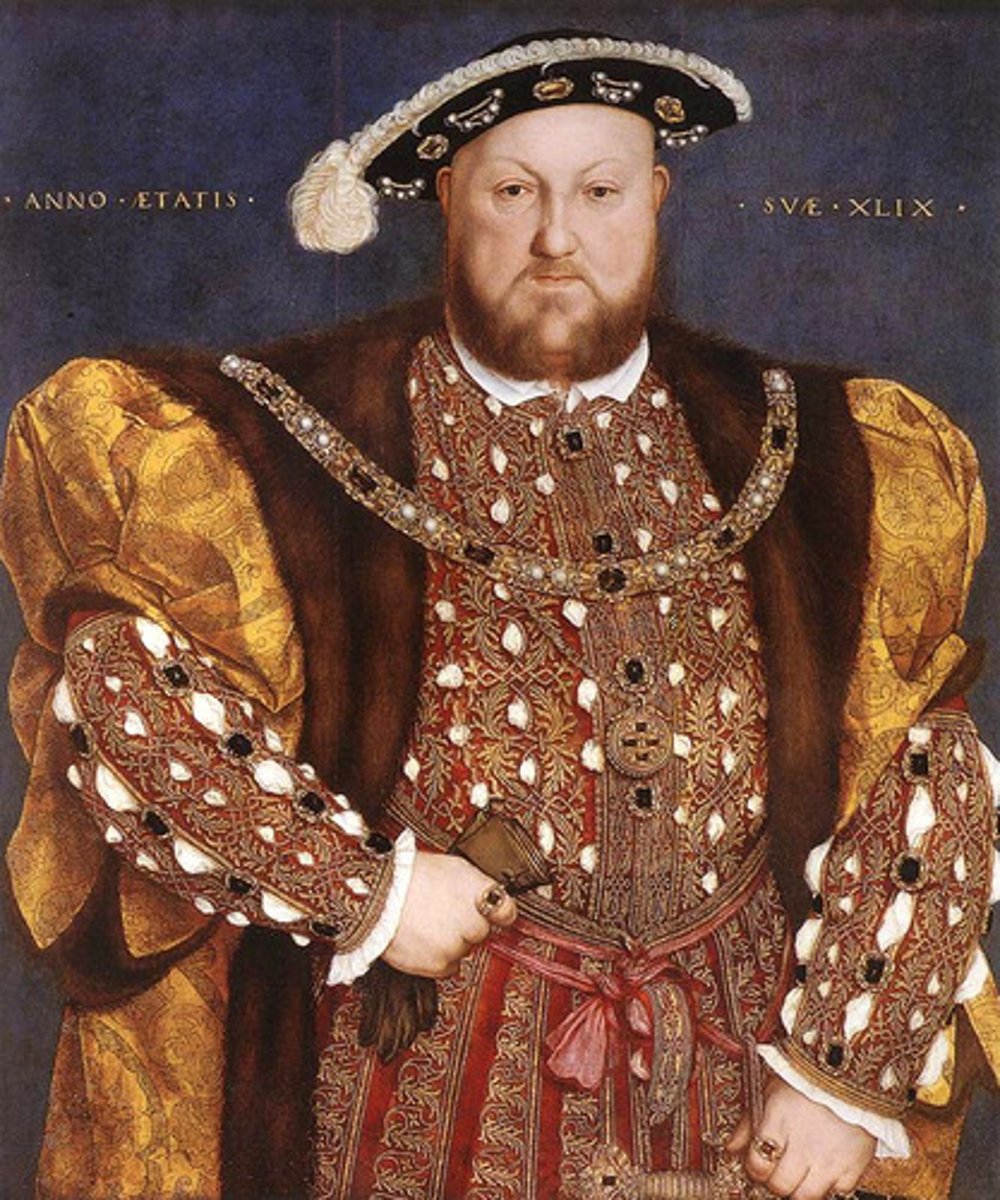
Queen Elizabeth I of England
a. Queen
b. England
c. The daughter of Henry VIII and the last Tudor of the Tudor Dynasty. She was Protestant unlike her sister, Mary, that came before her. She kept her religion secret from the world until she became queen. She was a smart politician who never got married claiming she was "married to her people". She had her relative, Queen Mary of Scots, executed and she defeated the
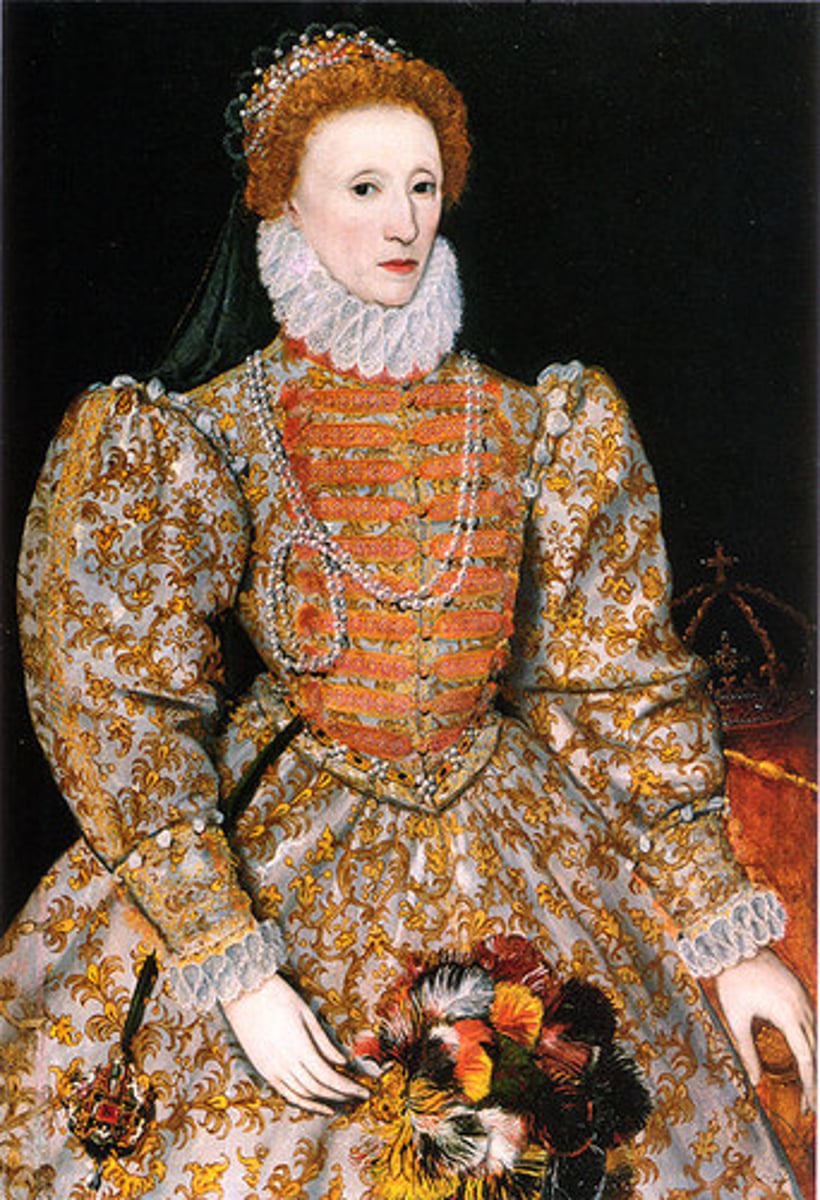
Spanish Armada
a. Fleet
b. Spain
c. A large fleet of Spanish ships with the intent of invading England; England defeated the fleet which helped to cement them as a world naval superpower starting in the late sixteenth century.
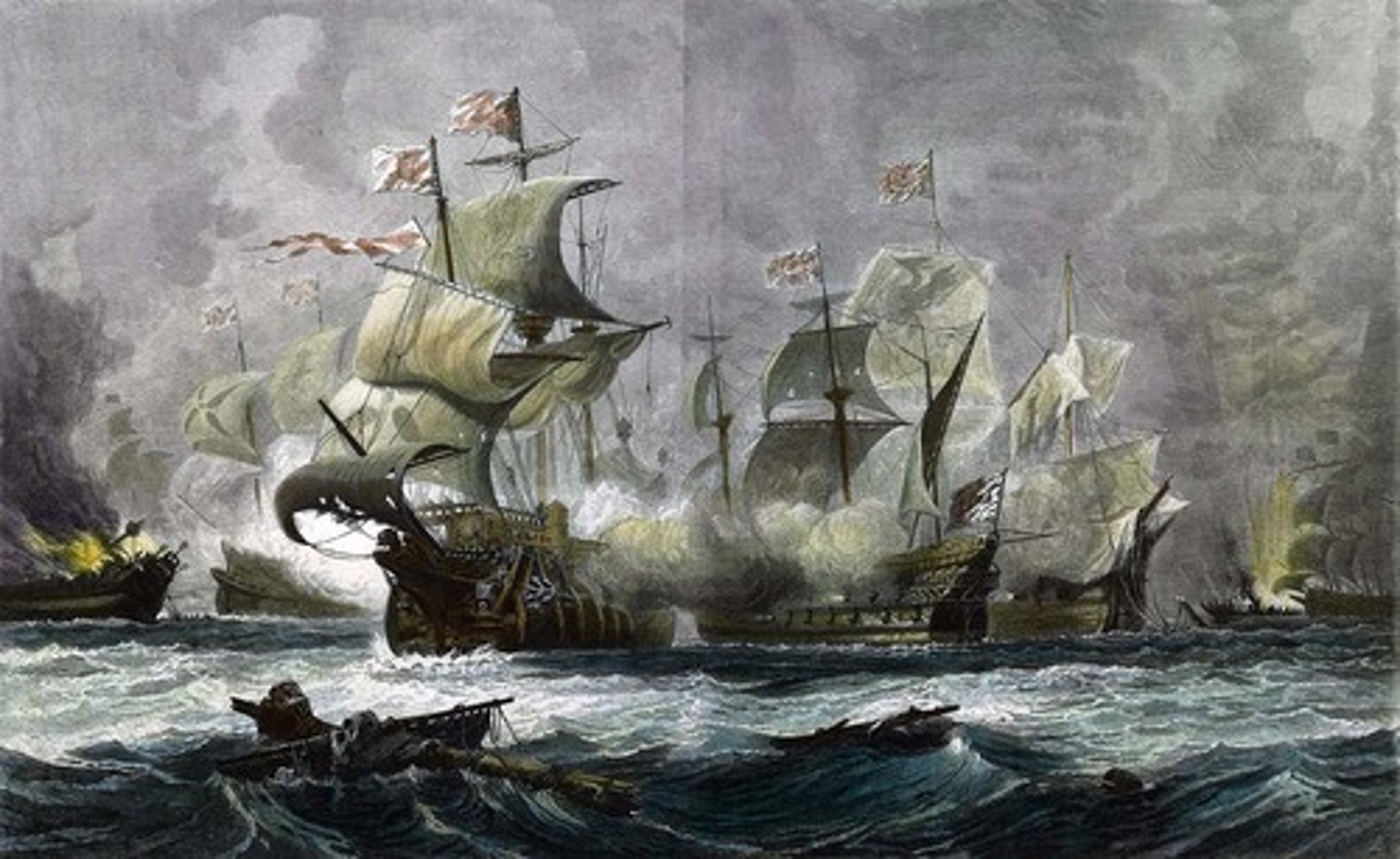
Ferdinand and Isabella of Spain
a. Spanish monarchs
b. Spain
c. These monarchs funded many conquistadors, including Columbus, to sail to the Americas and bring back riches for Spain. They also ruled equally, which gives more credence to the few feminist movements at the time. Nevertheless, they also led the reconquista of Spain and the expulsion of Jews and Muslims from the Iberian Peninsula.
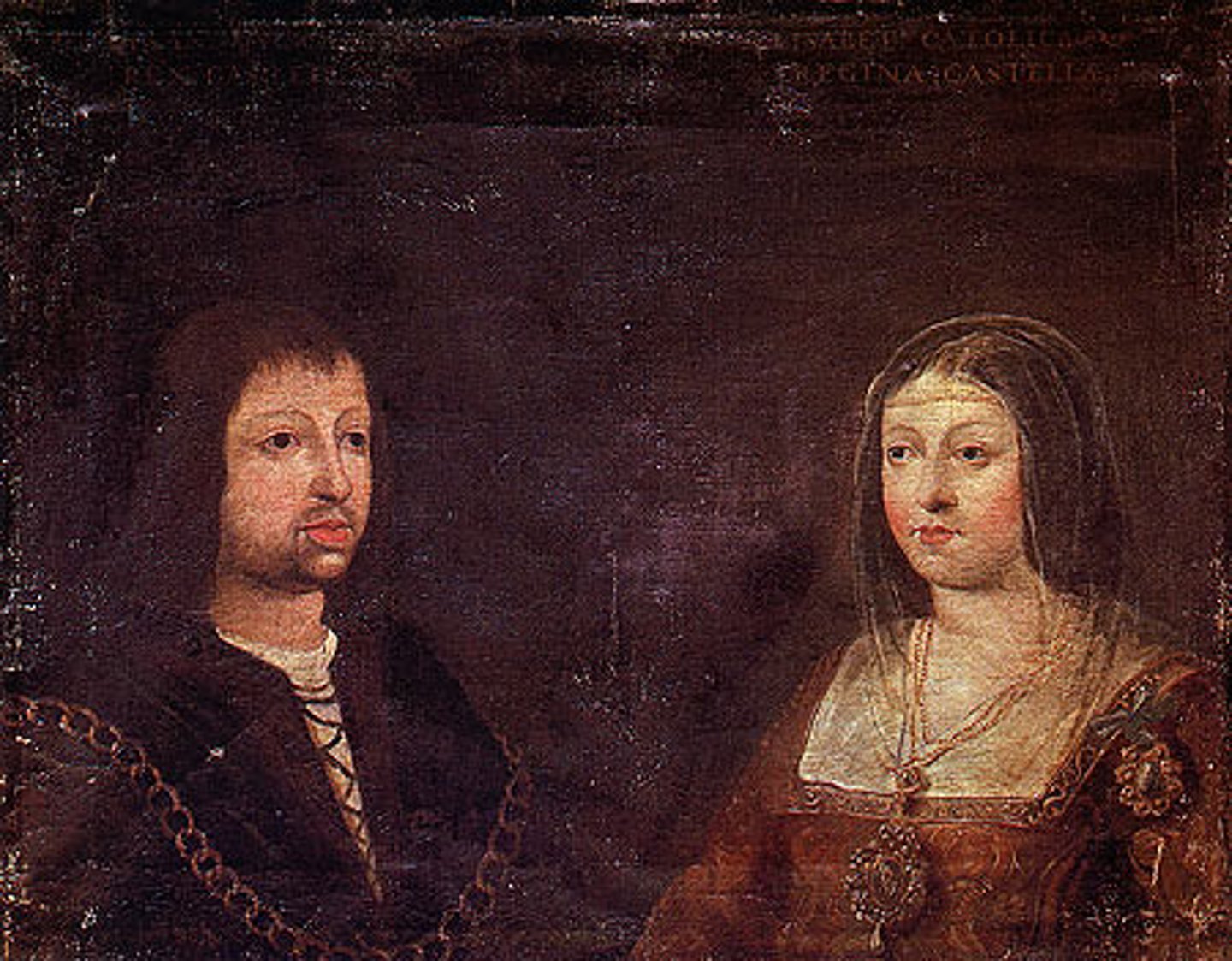
The Spanish Inquisition
a. Spanish religious prosecution
b. Spain
c. For something that happened for 400 years, it is really not something anyone expects. It was a movement to either convert or kill those who were not Christian. This led to the expulsion, torture, and execution of thousands upon thousands of non-Christians. This movement was led by Ferdinand and Isabella.
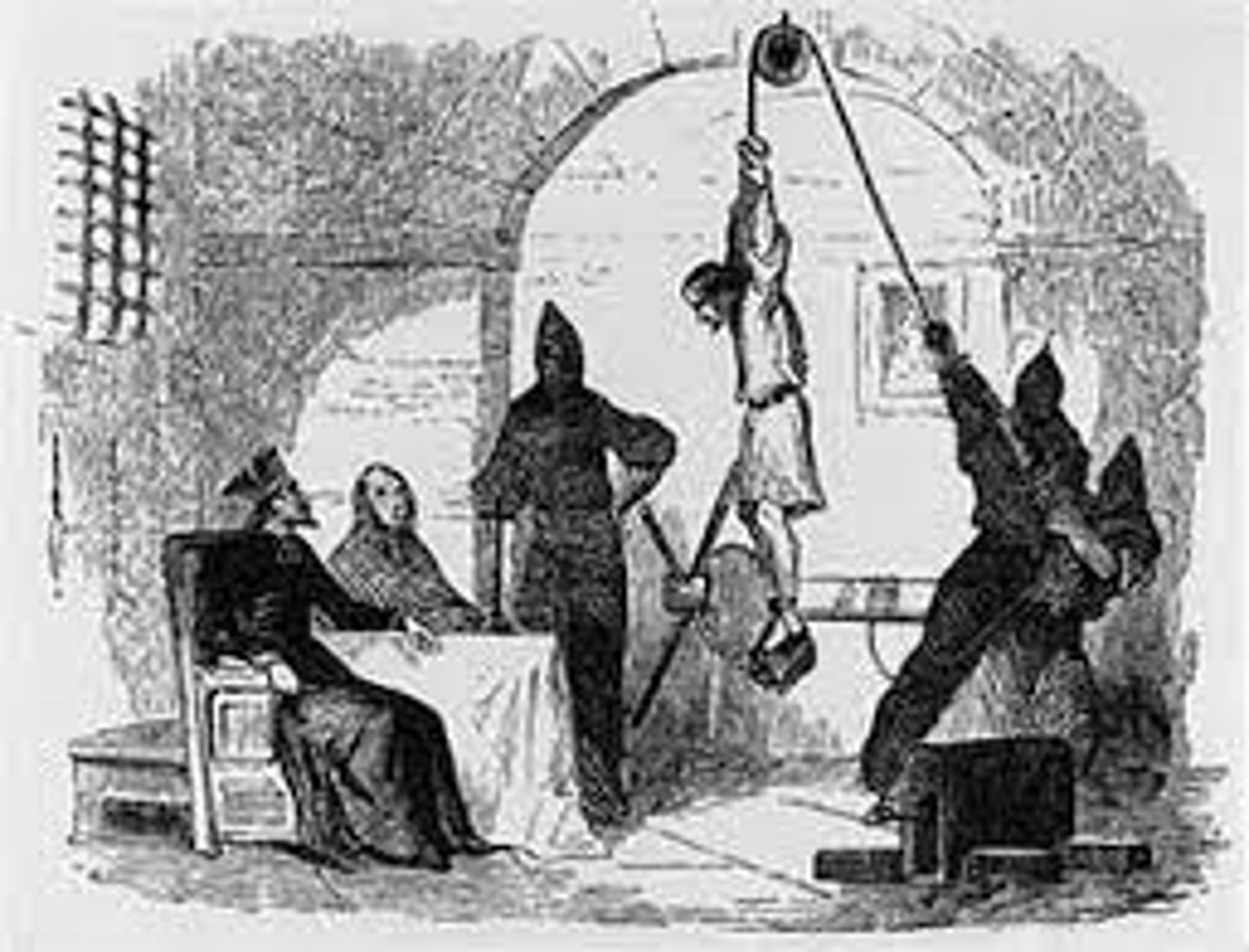
Charles V
a. emperor
b. Spain and the Holy Roman Empire
c. Charles V was both the King of Spain and the Holy Roman Emperor. He ruled over much of Europe, and failed to bring under control the Protestant Reformation that started in the Holy Roman Empire in 1517. He did, however, rule over a Spanish American Empire that made Spain incredibly wealthy. He retired from his rule and gave Spain to his favorite son, Philip II.
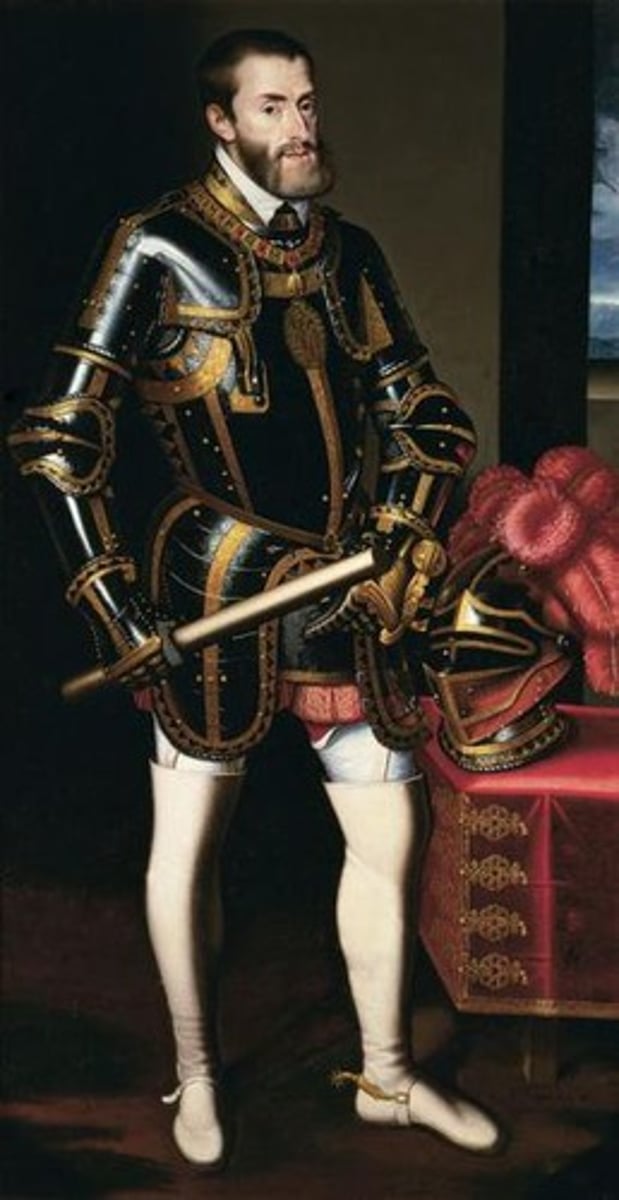
Philip II of Spain
a. King
b. Spain
c. Known as the "Hermit King" he defeated the Ottoman Empire at the naval Battle of Lepanto. He also organized the Spanish Armada in an attempt to defeat England and stop the spread of Protestantism. His Spanish Armada was crushed by England.
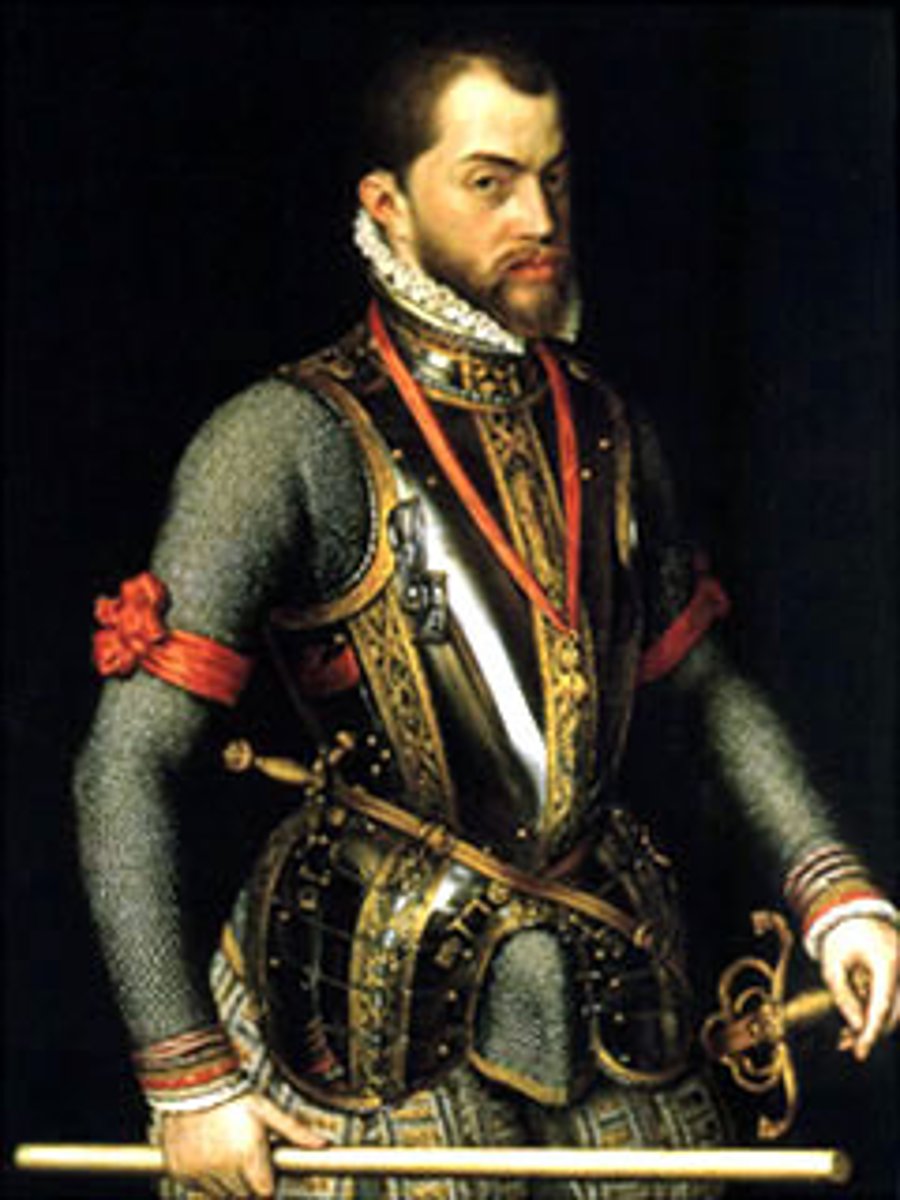
Battle of Lepanto
a. Naval battle
b. Mediterranean Sea
A battle between the Holy League, led by Spain, and the Ottoman Empire in which the League was victorious; The League's victory effectively marked the end of Ottoman expansion.
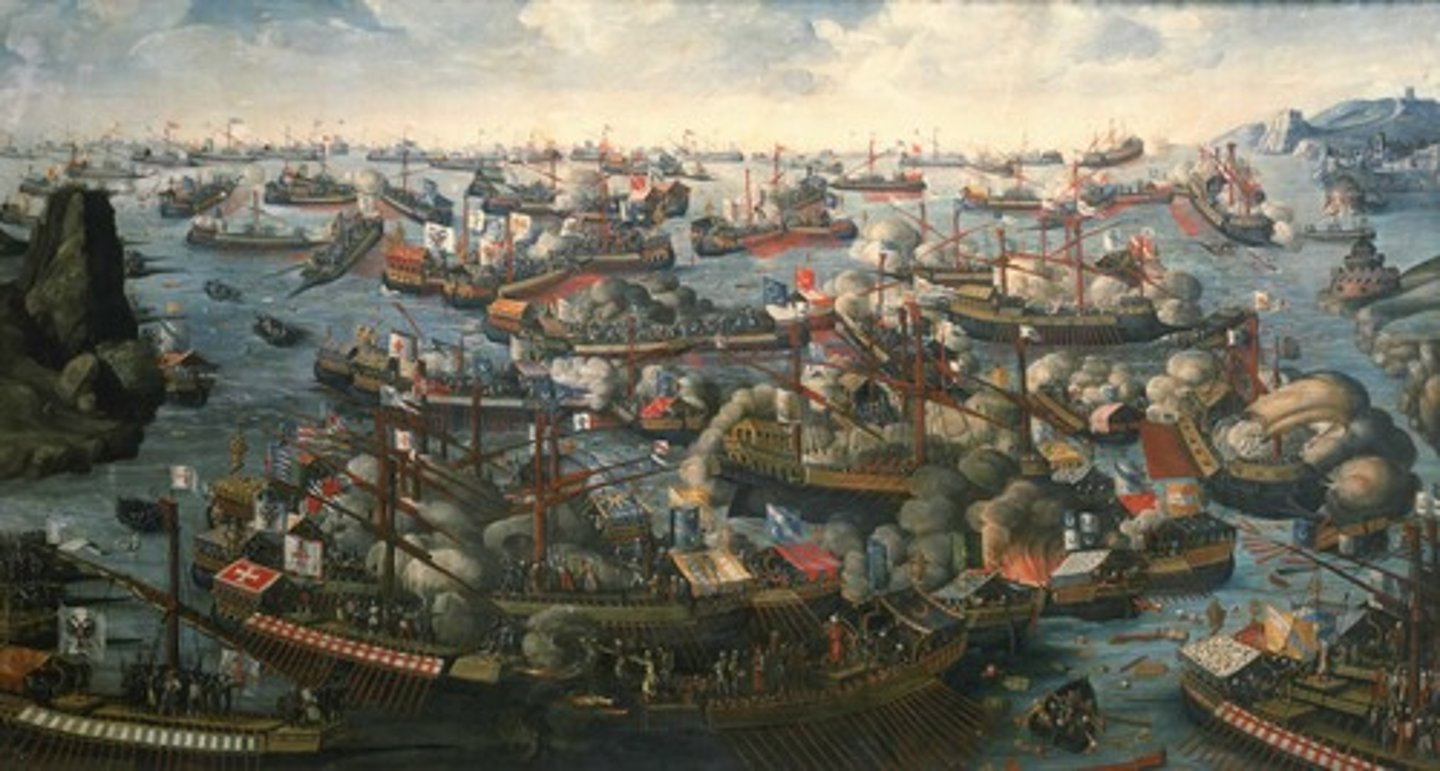
The Holy Roman Empire
a. Empire
b. Much of modern-day Germany
c. This "empire" was neither "holy" nor "Roman." Instead, it was a collection of German-speaking states that were joined together in a loose confederation led by an elected emperor.
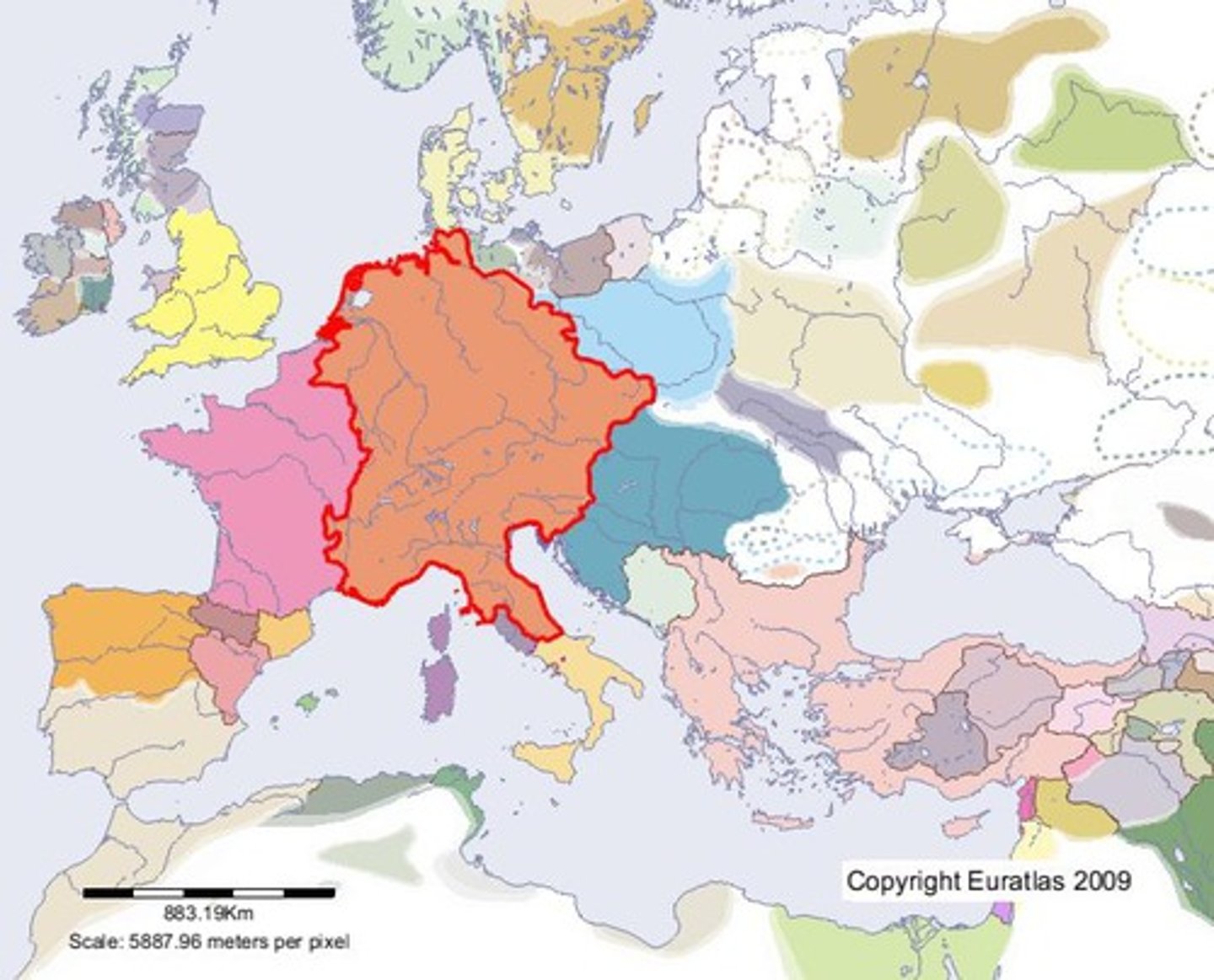
Golden Bull of Emperor Charles IV
a. Bull, or decree
b. Holy Roman Empire
c. This bull, issued by Holy Roman Emperor Charles IV established the practice of the seven "electors" or leaders of various Holy Roman Empire principalities to vote for the Emperor. This bull helped to establish the Holy Roman Empire as a decentralized "empire."
The Peace of Augsburg
a. Treaty
b. Augsburg
c. A treaty that declared that ended the Schmalkaldic War and established in the Holy Roman Empire that the religion of a prince determined the religion of the people. This treaty lasted for fifty years, and created extreme religious divides.
The Thirty Years' War
a. War
b. The Holy Roman Empire
c. War over religion in the HRE. All of Germany's chances of unification were ruined from the war. The war lasted 30 years and was incredibly deadly. France emerged as the major European powerhouse as a result of the war. Extreme religious violence set the stage for the Enlightenment and brought about the end of the HRE.
Frederick, the Calvinist Elector of the Palatinate
a. Elector
b. Palatinate in the Holy Roman Empire
c. He was the leader of the Palatinate, a principality of the Holy Roman Empire, and an elector that choose the Holy Roman Emperor. He converted to Calvinism during his reign, thus increasing religious tension in the HRE.
Battle of White Mountain
a. Battle
b. Holy Roman Empire
c. This was one of the major early battles of the Thirty Years' War. In this battle, the Catholic armies overwhelmed the Protestant armies led by the Bohemians. Much of the Bohemian nobility were massacred during this battle.
Albrecht von Wallenstein
a. Military leader
b. Holy Roman Empire
c. This mad led the Holy Roman Emperor's vast army of 125,000 men. Since he nearly rivaled the Emperor for power, he was assassinated with the Emperor's consent.
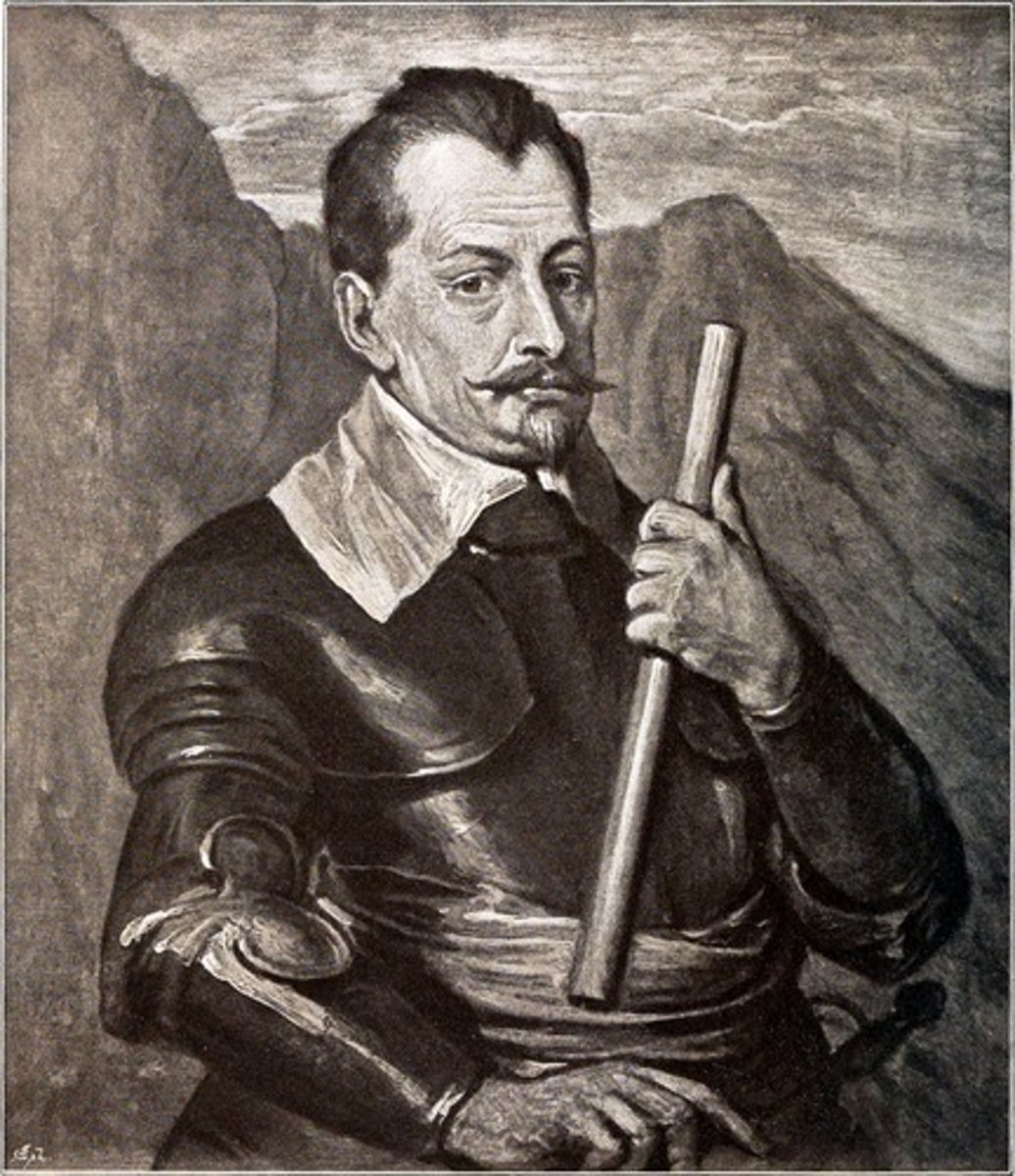
Edict of Restitution
a. Edict
b. Holy Roman Empire
c. After the defeat of the Danish in the Thirty Years War, the Holy Roman Empire issued the Edict of Restitution which outlawed Calvinism in the Empire and required all Lutherans to return all seized Catholic properties, including 28 towns. This Edict was so harsh that it led the Protestant Swedes to declare war.
Gustavus Adolphus
a. King
b. Sweden
c. He led the Swedish military during the Swedish phase of the Thirty Years' War. This king made incredible inroads into the Holy Roman Empire before he was killed in battle.
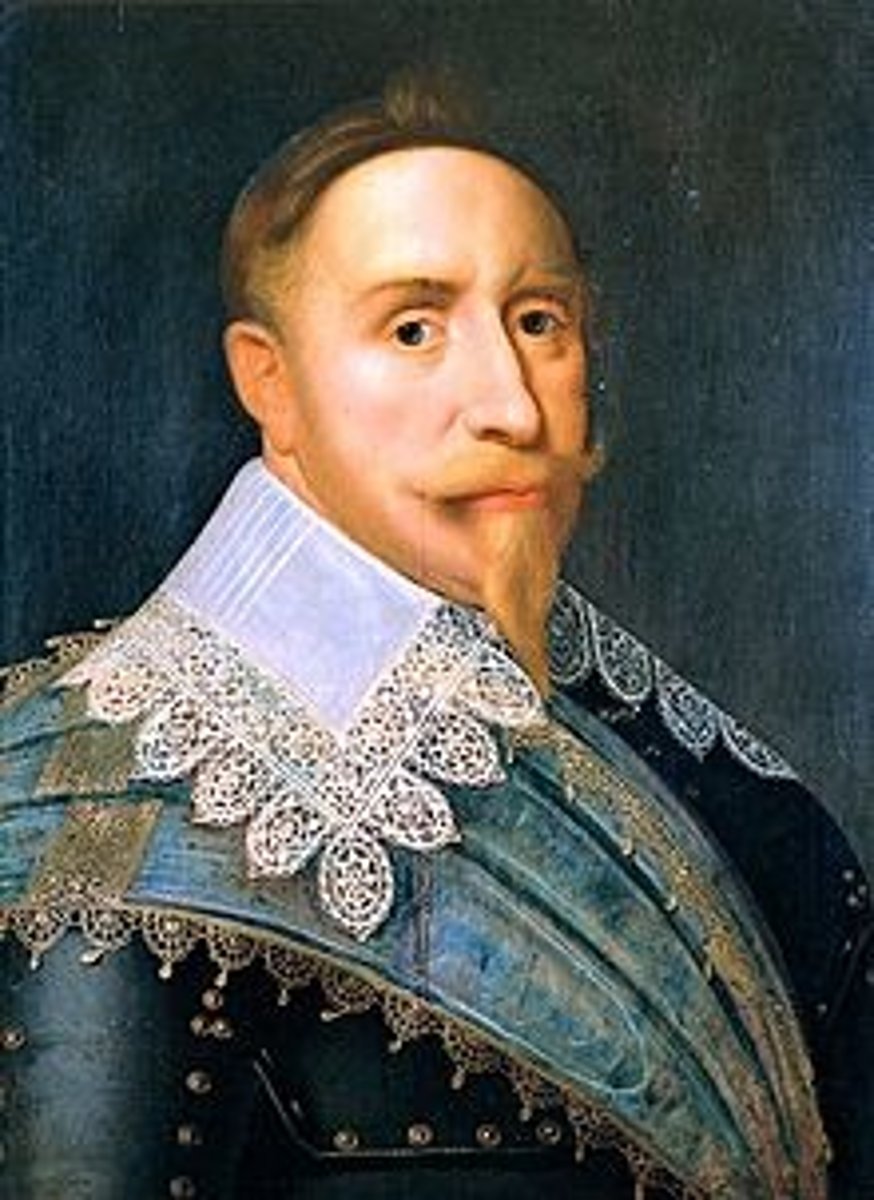
Cardinal Richelieu
a. Catholic cardinal
b. France
c. He advised King Louis XIII during the Thirty Years' War, and made the fateful decision to back the Protestant Swedes in their war against the Catholic armies of the Holy Roman Empire. This final, nationalistic, phase of the war was the most deadly.
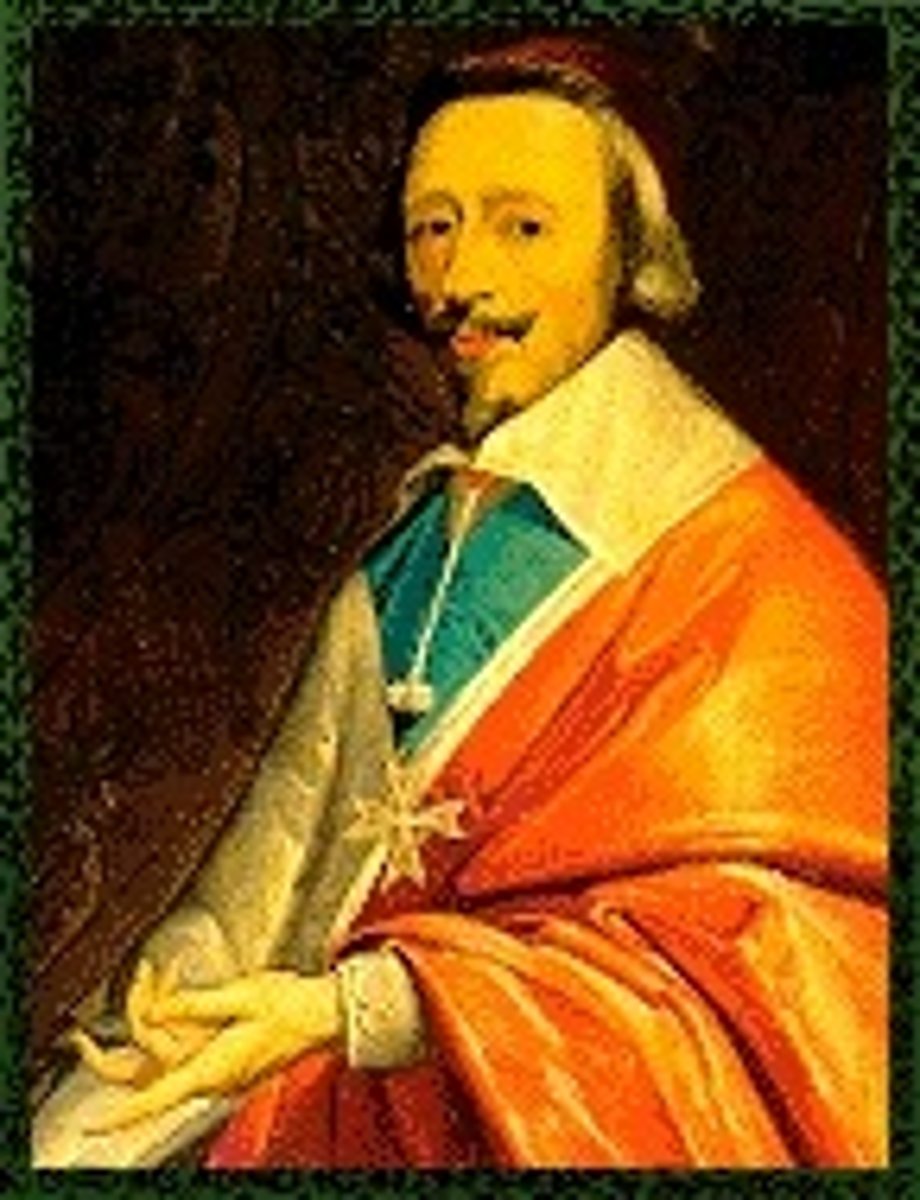
The Peace of Westphalia
a. A treaty
b. HRE
c. This treaty ended the Thirty Years War. The significance of this treaty was that it established a new balance of power in Europe and recognized the right of Protestantism to exist.
Francis I of France
a. King
b. France
c. This king was a patron of the arts during the North Renaissance and sent explorers to the Americas to colonize Quebec. He was known for controversially forming an alliance with the Ottomans to undercut the Hapsburgs.

The French Wars of Religion
a. Wars
b. France
c. These wars were fought in France between Catholics and Protestants that were known as "Huguenots." The wars were incredibly bloody and led to the rise of Henry IV, a Huguenot that converted to Catholicism in order to rule the country. Henry IV later extended religious toleration to the Huguenots through the Edict of Nantes.
Catherine de Medici
a. monarch
b. France
c. She was the Queen of France and the mother of three French kings. She is most known for orchestrating the St. Bartholomew's Day Massacre of 1572, in which thousands of French Protestants were slain by Catholics in Paris.
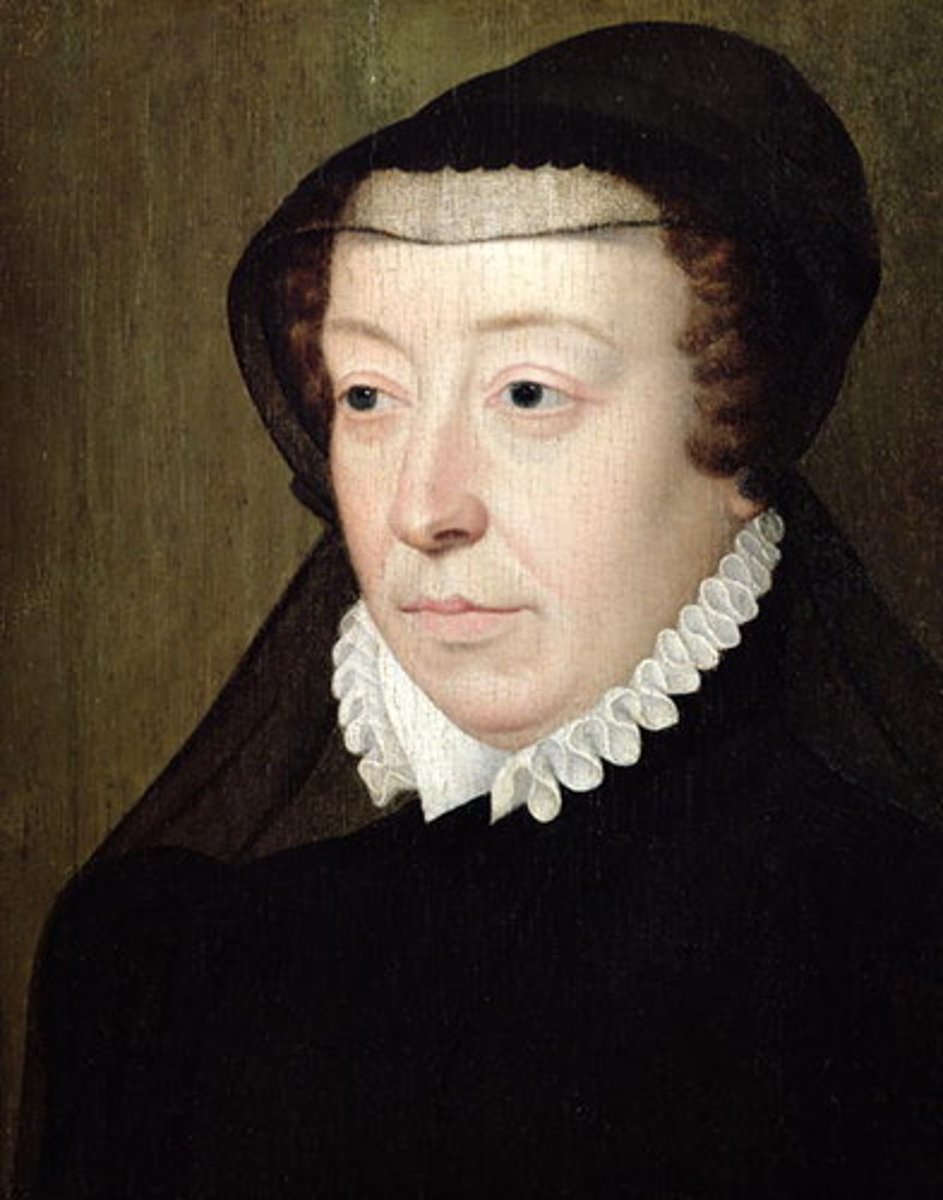
Guises
a. Family
b. France
c. This prominent French family championed militant Catholicism during the French Wars of Religion. In 1562, the Duke of Guises touched off the French Wars of Religion when he executed Huguenots worshipping in a barn.
Admiral Coligny
a. Admiral
b. France
c. This admiral was a leader of a prominent Protestant family, and one of three sides, in the French Wars of Religion. He was assassinated during the St. Bartholomew's Day Massacre.

Prince of Conde
a. Admiral
b. France
c. A military leader of a Calvinist family in the French Wars of Religion. His side lost in the French Wars of Religion.
St. Bartholomew's Day Massacre
a. Massacre
b. Paris
c. Ordered by Catherine de Medici this was the slaughter of French Huguenots gathered for a wedding in Paris. This massacre was a major event in the French Wars of Religion.
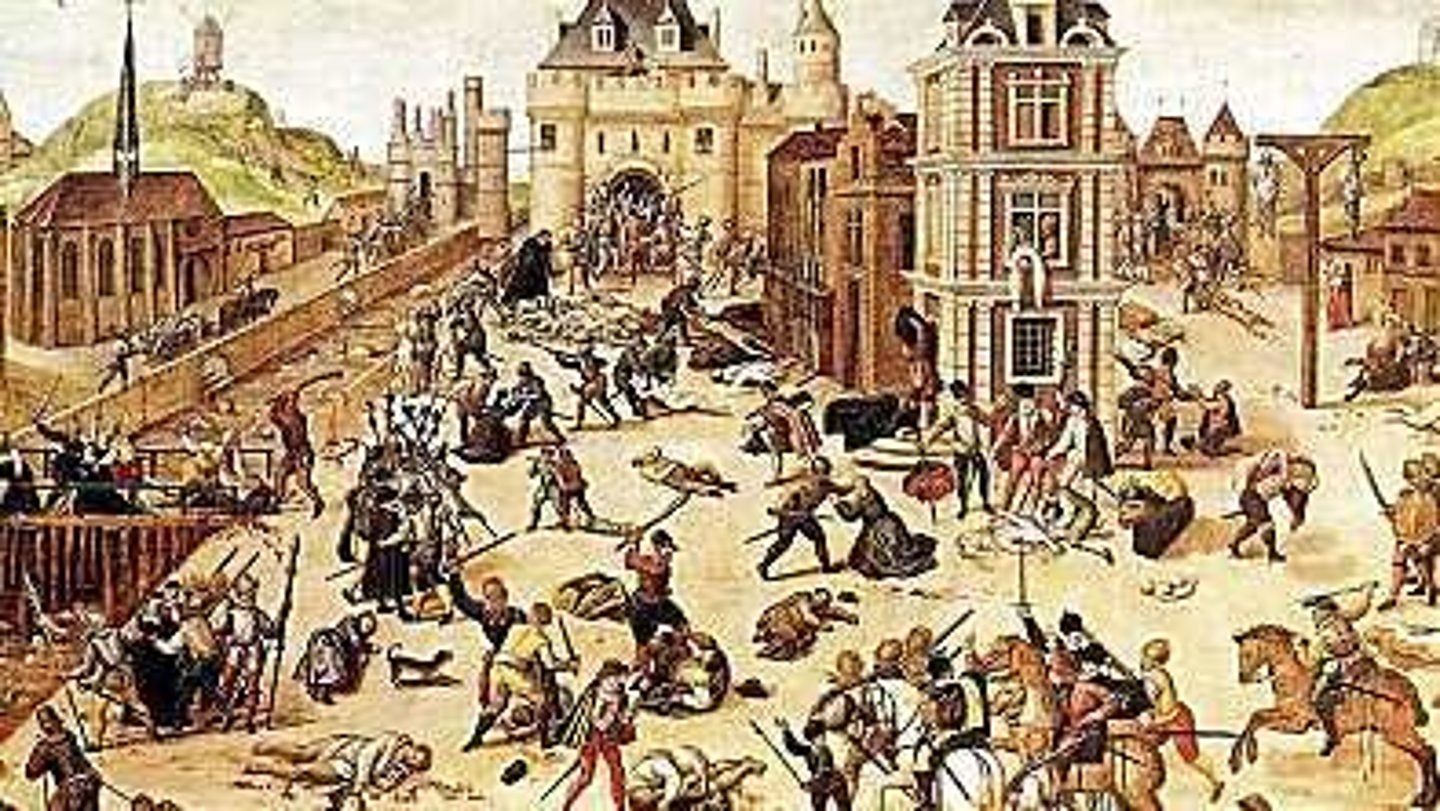
King Henry IV of France
a. King
b. France
c. He was a Huguenot who inherited the French throne in 1589. He worked to fight the Catholics for many years, but converted to Catholicism. Eventually issued the Edict of Nantes in 1595, which gave the Huguenots religious toleration. His goal was to put "a chicken in every pot." He increased the bureaucracy and worked to reduce the power of the nobles. This paved the way for future kings to rule without any check on their power. In 1610, he was assassinated, leaving the throne to his nine-year old son, Louis XIII.
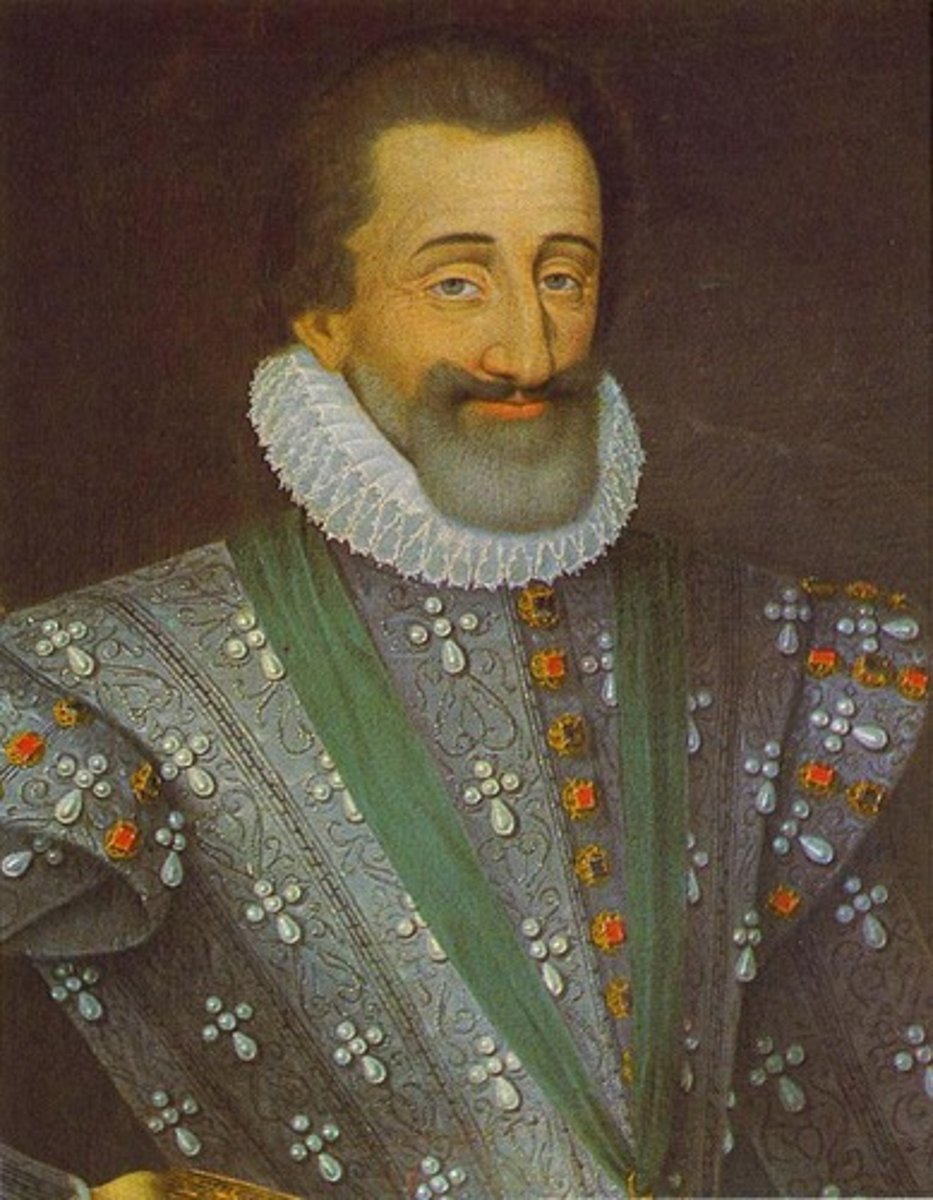
Bourbon Dynasty
a. Dynasty
b. France
c. This dynasty was the victor of the French Wars of Religion and was established by King Henry IV of France. This dynasty ruled France until the French Revolution
Edict of Nantes
a. Law made by King Henry IV
b. France
c. This law gave security, housing, and the ability to work in government to primarily Huguenots. Henry's goal was to ease religious issues and focus on gaining economic power. Thus, this document ensured religious toleration for Huguenots.
